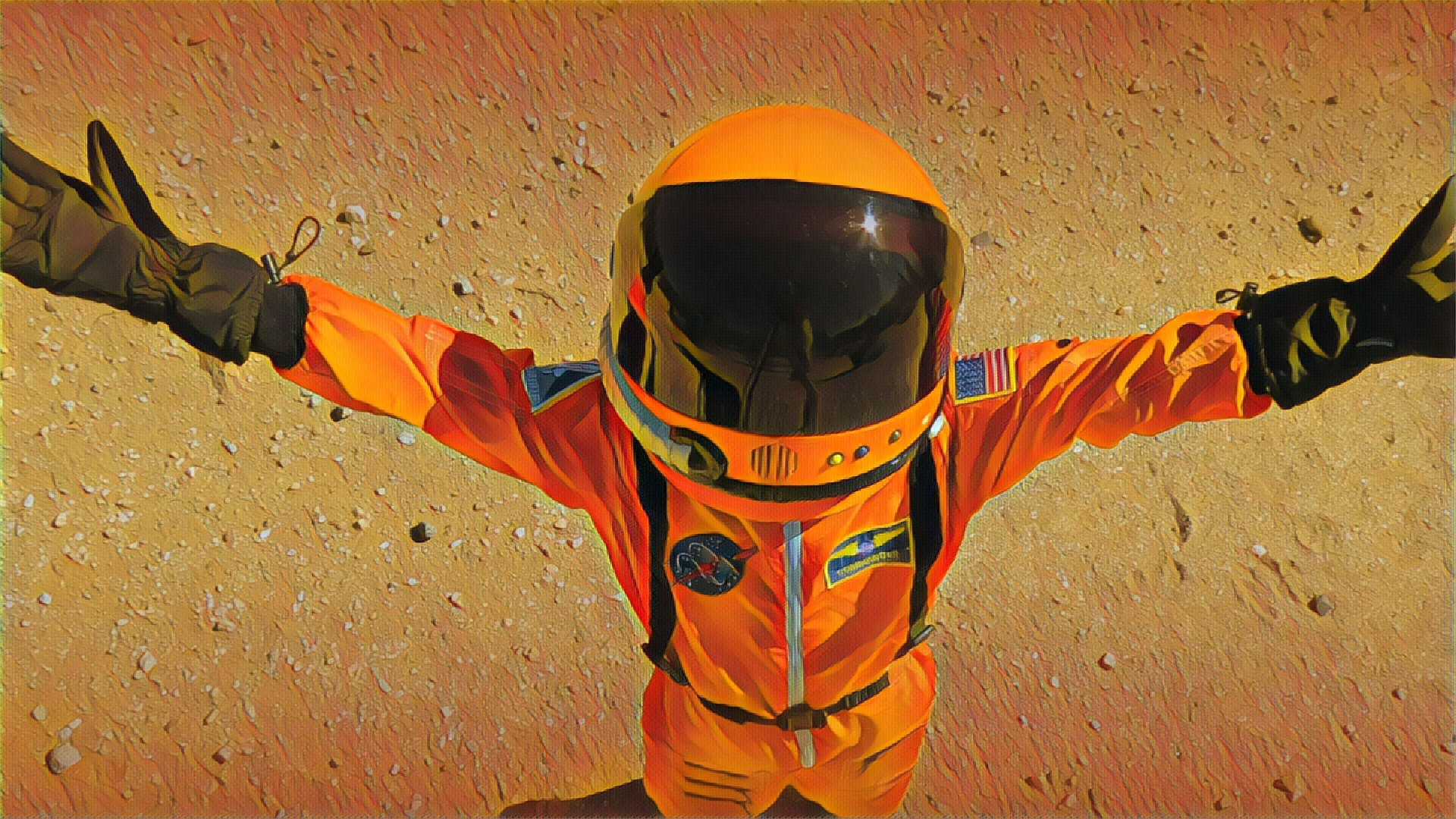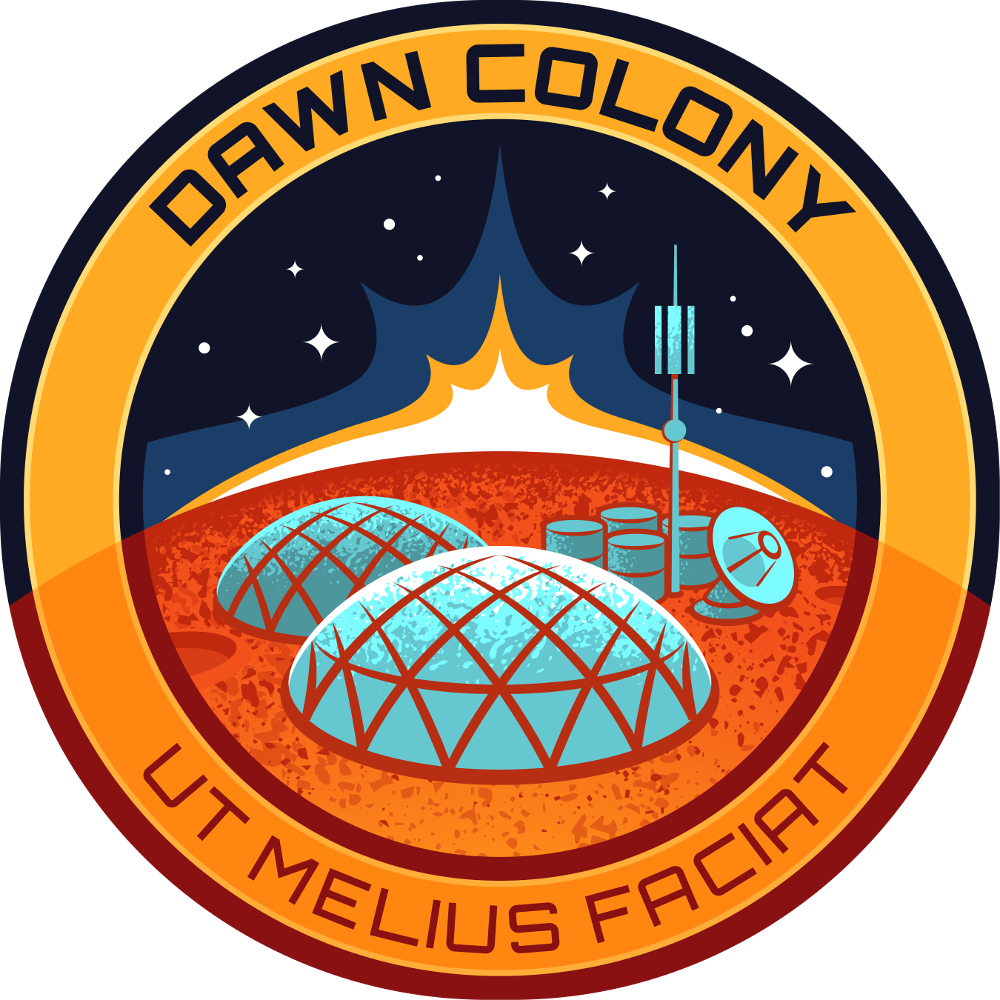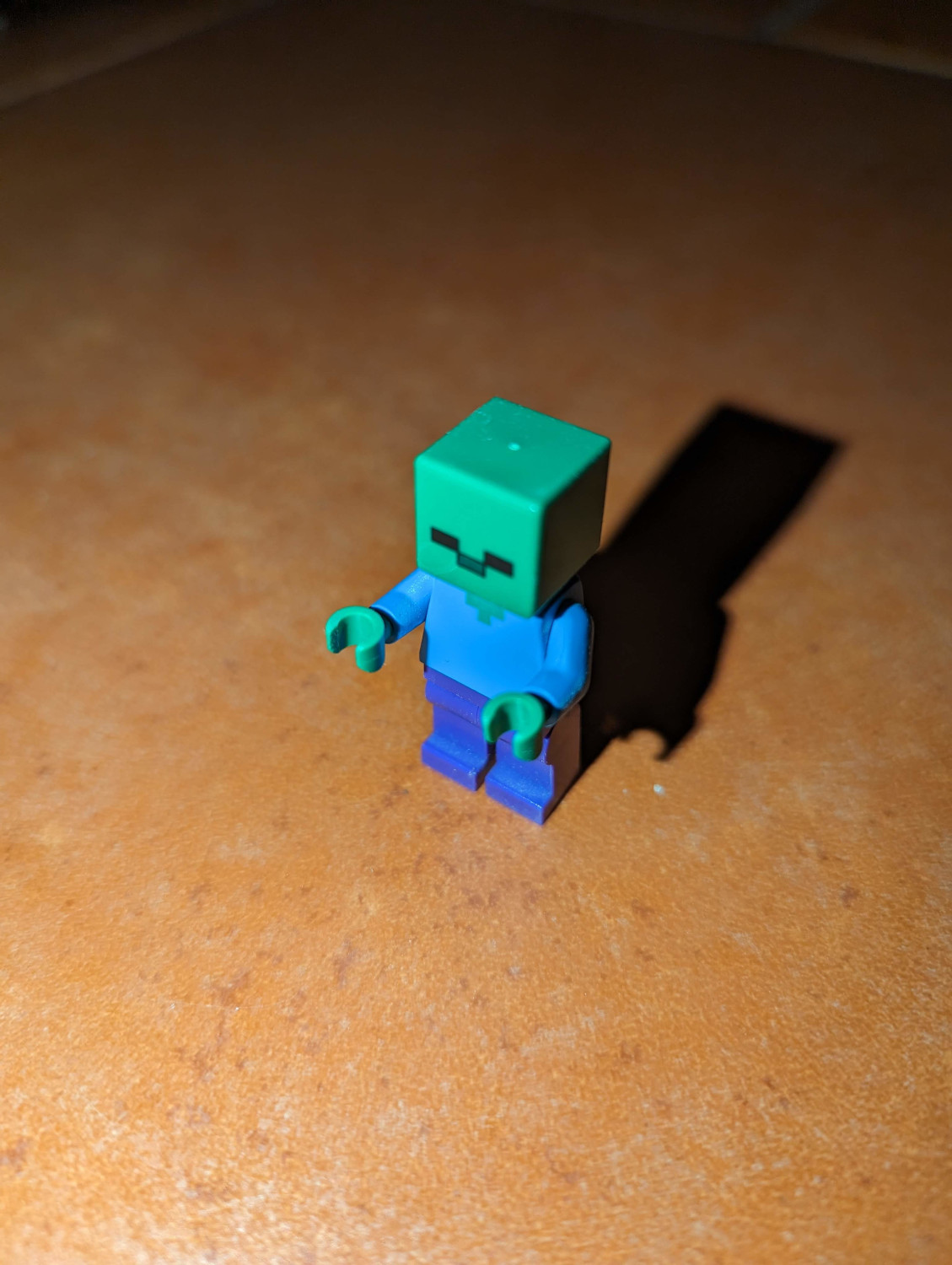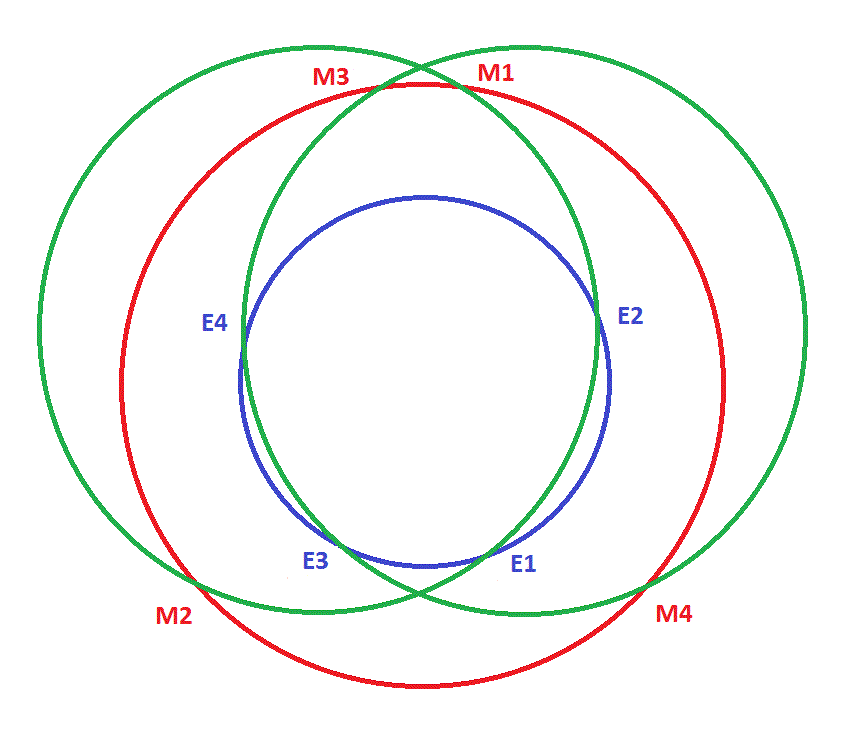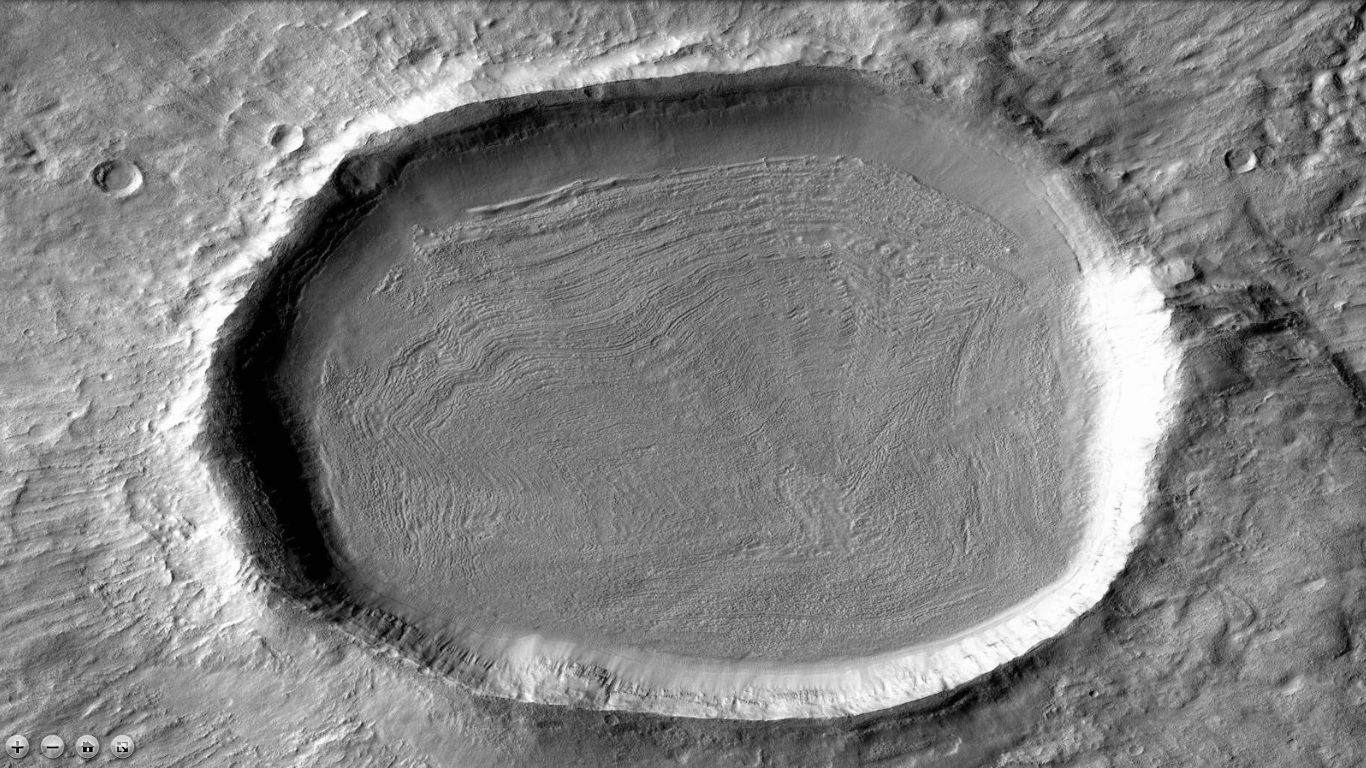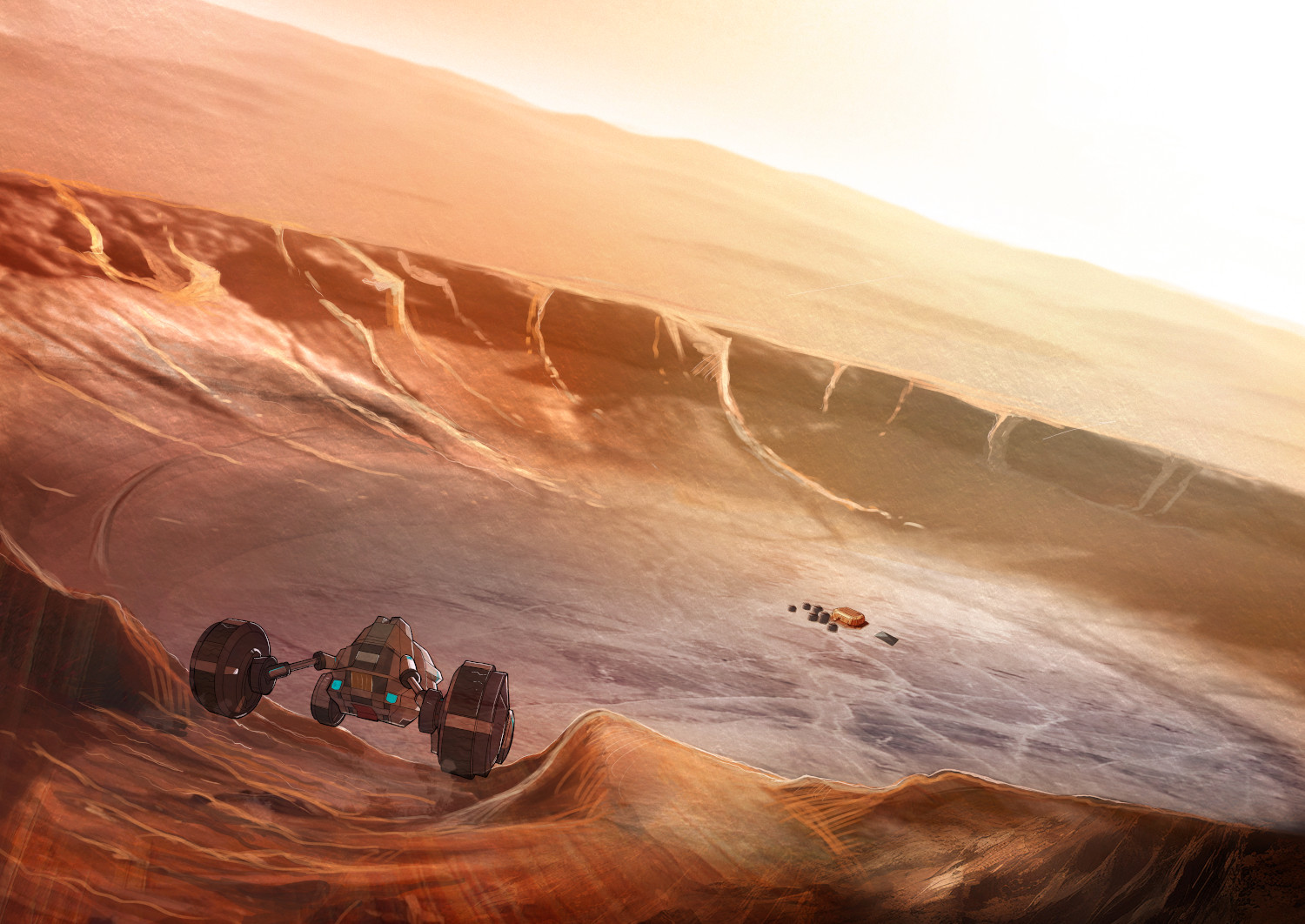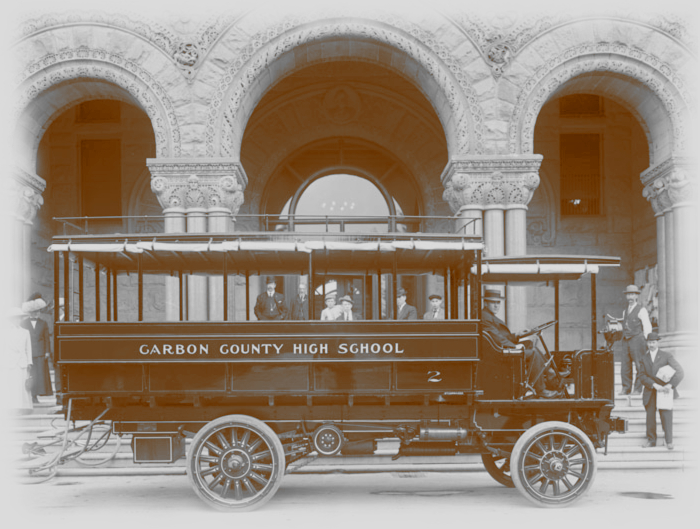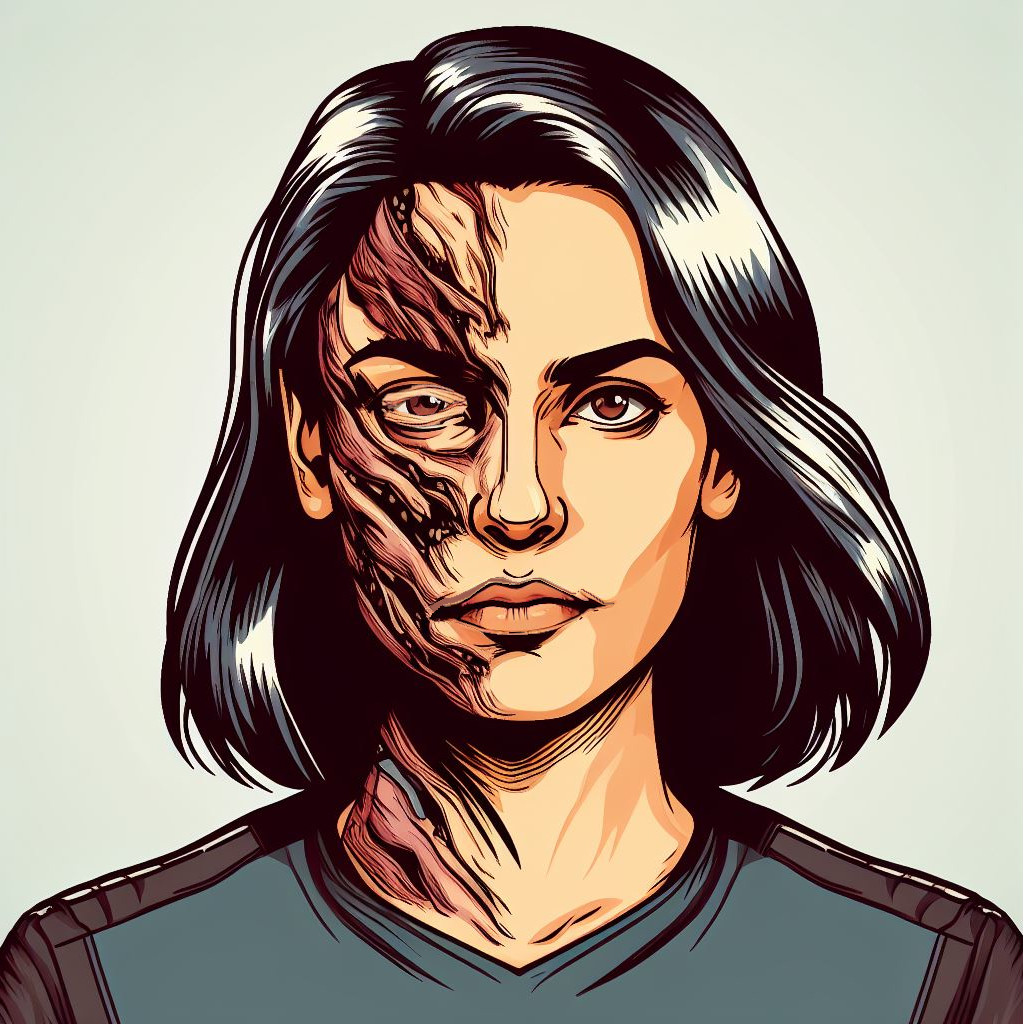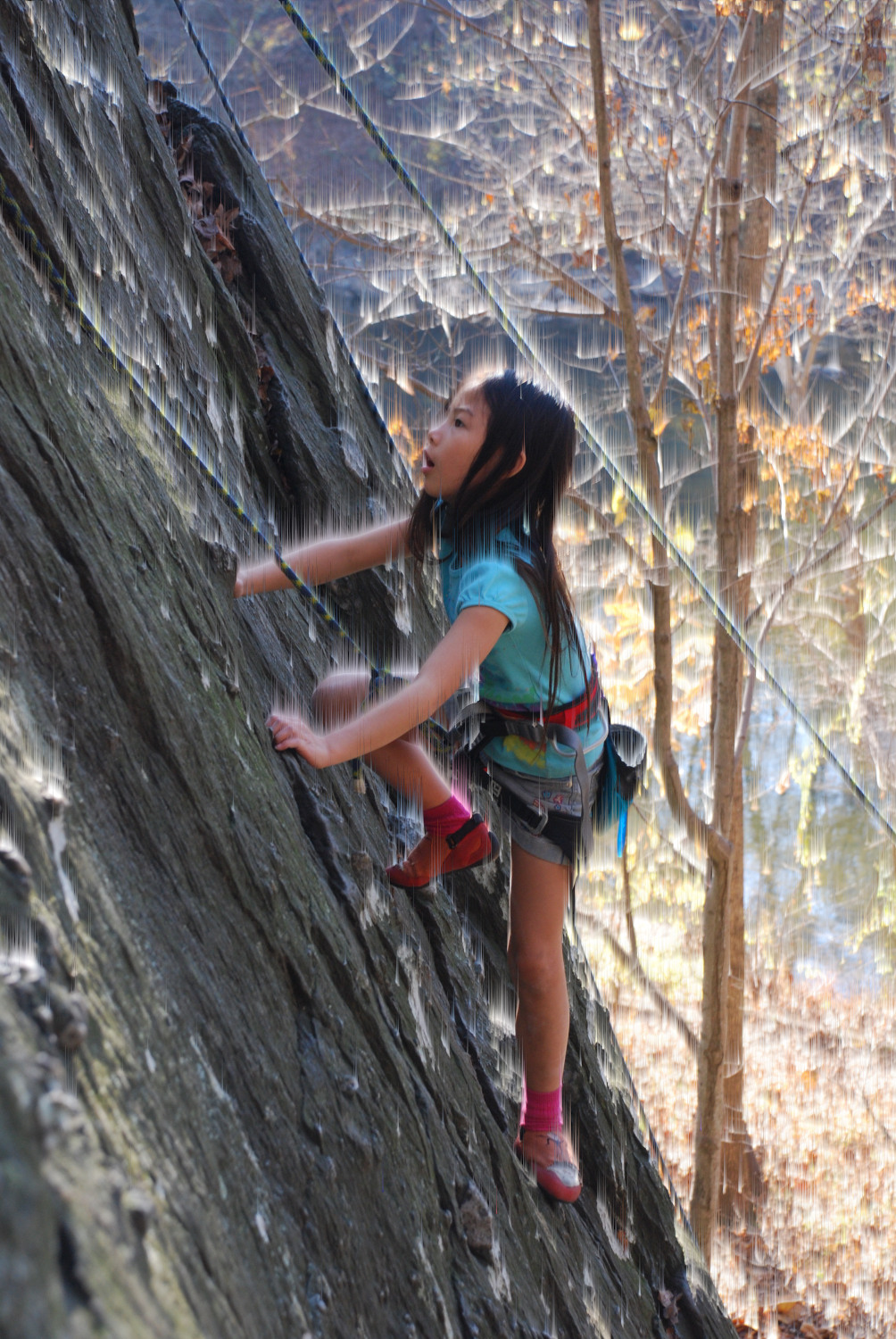Check out this Five Star review from Readers’ Favorite for Water: Generation Mars, Book Three!
Water is a work of fiction in the adventure, science fiction, and action genres. It is the third novel of the Generation Mars series and is suitable for middle-grade and young adult readers alike. Penned by author Douglas D. Meredith with illustrations by artist Luis Peres, the story explores the vital role of water on Mars, where it serves as the key to survival and economic prosperity for settlers. For two sisters and their classmates, a routine exploration of an abandoned ice mine turns into a harrowing fight for survival when a seismic event traps them in a treacherous labyrinth of ice, testing their resilience and courage.
Author Douglas D. Meredith has crafted a thrilling and immersive read that will totally transport its young readers to the Red Planet with a fantastic sense of atmosphere and multi-sensory description. Meredith has a great balance of science fiction with elements of survival and adventure, creating a gripping narrative that keeps readers on the edge of their seats and rooting for the characters because they’re realistic and authentic. As Cas, Ori, and their classmates navigate the dangers of the icy labyrinth, I found myself highly impressed by their ingenuity, bravery, and personal growth in the face of adversity. The vivid descriptions of Martian landscapes and the challenges posed by the hostile environment added new excitement and dangers to keep the plot fresh, and I loved some of the bigger emotional twists toward the end of the tale. I was also absolutely in love with the illustrations by artist Luis Peres, which looked as though they had fallen straight out of the author’s mind onto the page. Overall, Water is a captivating addition to the series, and I would not hesitate to recommend it and the series as a whole to young readers everywhere looking for exciting, compelling adventures.
-Reviewed by K.C. Finn for Readers’ Favorite
